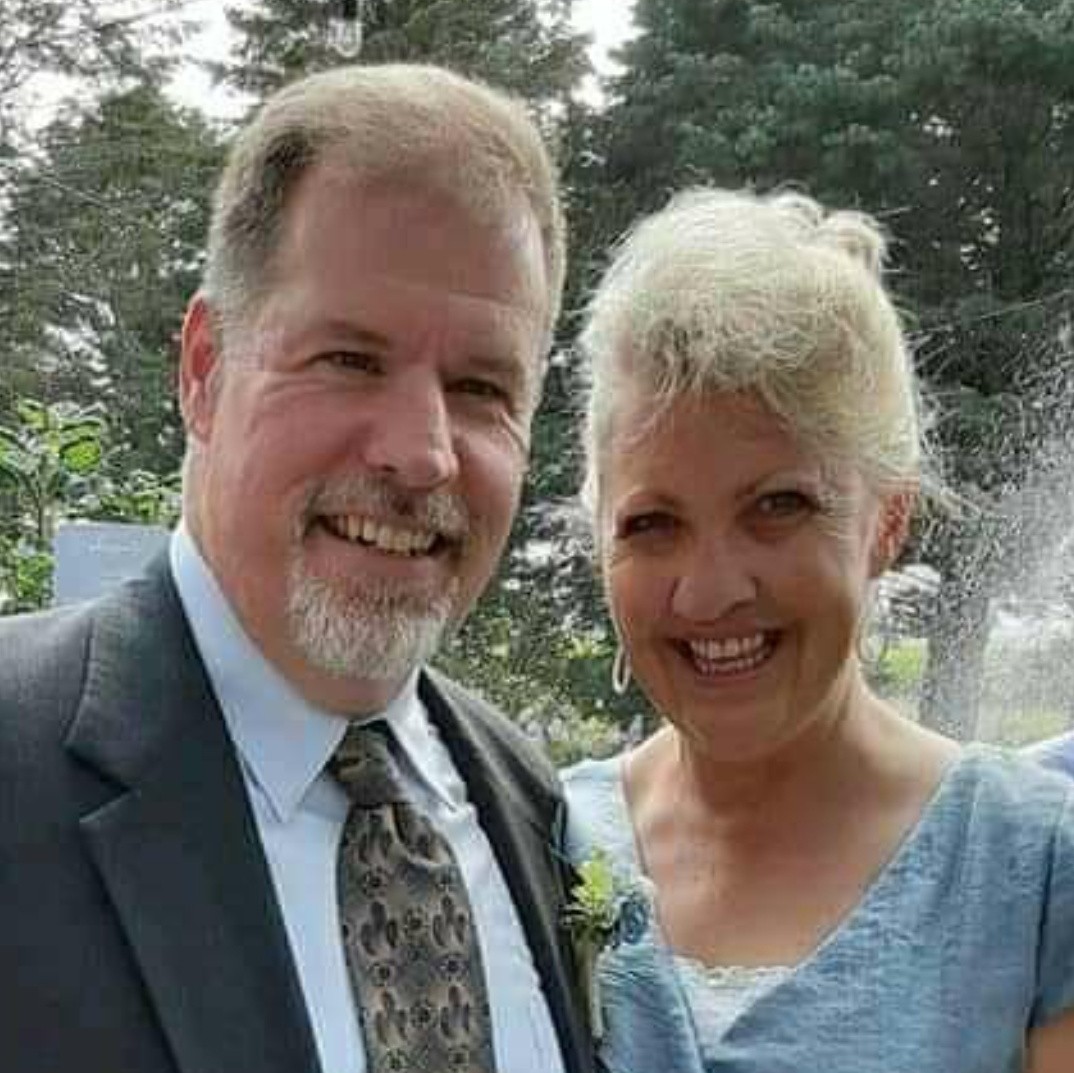
Personal Follow-Up
Keep practicing the Bridge Illustration (Bad News, Good News and Our Response). Step out into your community and ask people what they think a Christian is. Let them give their answer, then offer to show them an illustration that explains what the Bible says a Christian is. Keep at it and you'll soon find someone whom the Lord has prepared to accept Jesus as Savior. The rest are seeds sown that we trust others will get to reap.
Remember, evangelism involves both sowing and reaping (see Mark 4:1-20, 26-29 and John 4:35-38). When we explain the Gospel to a lost soul, we are either sowing or reaping, determined exclusively by the response of our hearer. If they choose not to believe at the time we share, we have sown a seed; if they pray to receive Christ, we have reaped a soul for eternity. How it gets from sown seed to reaped seed is the mysterious work of God, as implied by Mark 4:26-29.
But when the Lord gives the increase, we need to know what to do next. Of course as mentioned at the end of the Bridge presentation, we want to encourage that new Christian to start memorizing John 5:24, that he or she may be assured by God of their salvation. We also want to get them plugged into a growing, Word-honoring fellowship, as we talked about in my last post. But is that it? Is that the end of our responsibility? Obviously not!
Personal Follow-Up
Remember Ephesians 4:11-16? The purpose of all those gifts and offices is to grow every Believer into maturity. What we call "ministry" is not reserved for full-time Christians workers. Look back at Matthew 28:19-20: The disciples were to teach their disciples everything they had learned from Jesus. The chain of discipleship should then extend from Jesus through the Eleven (and others) all the way down to you and me. We have the teachings, but do we have the models? True discipleship is not merely telling someone what they ought to believe and do, but living out before them what they ought to believe and do in order to show them what it looks like. That's what Jesus was doing when He called the Twelve to be "with Him" in the midst of His on-going ministry.
When Nicodemus came to Jesus for his nighttime interview, Jesus described salvation as being "born again," a term that has fallen out of favor with many modern Christians. But it is a powerful choice of words. Paul likened himself to a "nursing mother" and a "father with his children" when recalling his brief days among the Thessalonians. Guess what? When you led that person to Christ, it was an entirely spiritual transaction, but you were the doctor assisting in the delivery of that spiritual infant. You were also the first human face that newborn babe saw. And it is to you that the spiritual guardianship of that new spiritual child has been entrusted. You are that child's spiritual foster father or foster mother. They need your help, your love and care to get a healthy start in their new life in Christ.
As mentioned last time, the first thing they need is help stabilizing their new life in Christ by clarifying and confirming their decision to trust in Christ, while also laying a foundation for a lifetime of following Jesus. This is follow-up and you are their first guide. You may think you don't know enough to take responsibility for a newborn Believer, but you know more than that brand new Christian! The parallels to physical parenting are amazing: Most of us don't give a lot of thought to what it takes to raise our own son or daughter until the doctor says, "You're pregnant!" That motivates us to do a whole lot of studying! Adopting that new Christian as your spiritual ward likewise is a powerful spur to your own spiritual growth.
So how do we do it? There are four main ways we can start to personally follow-up someone we led to Christ: Personal Contact, Prayer, Pen and Proxy, as Training Evangelistic Leadership's founder, Roy Robertson, put them.
Personal Contact
This is the ideal: We meet personally and regularly with our new spiritual child. Once we lead them to Christ, we should make it our goal to meet personally with them again within one week. Get to know them: How are they doing in their new faith? What struggles are they having in life? What do they like to do? Review the Bridge to help them grow in their understanding of the Gospel and to prepare them to share it with someone else! See if they have memorized John 5:24. Introduce a simple Bible study that expands their knowledge of God and their new relationship with Him (we use four lessons in the Gospel of John). Visit with them at church and outside church. Meet them to talk "spiritual things" and for fun. Involve them in your projects, spiritual and otherwise. Get involved in their lives: Remember, discipleship is both teaching and showing—in the context of real life and ministry.
Prayer
As soon as our new Christian child enters this world, he or she will need support in prayer. No matter what else we do for them, we'll always be able to pray for them. Again and again, we see Paul praying for all those he helped lead to Christ, especially when separated from them. Look at any of his epistles and you'll see his prayer for those people recorded for us all, usually in the first chapter.
Pen
We can't always be there on site with our brand new Christian. Paul had the same challenge. Thanks to the Lord's arrangement of his circumstances, Paul wrote letter after letter to those he had accepted as spiritual children. As a result, we have much of our New Testament. Like Paul, we too can write our spiritual children with words of instruction and encouragement. Unlike Paul, we can also talk with them by phone or video chat, text them, send an email or an instant message. We have more ways to communicate over a distance with our spiritual children, and so less excuse not to do so!
Proxy
Of course, as instant as our communications are today, there is no replacement for on-site personal interaction. If for any reason we can't meet personally and consistently with our new spiritual child, send a trustworthy representative to take that role in their life. Paul had Timothy, Titus and others whom he could send back to those he'd led to Christ, not just to check up on them, but also to encourage them and provide further teaching.
Just as children will die without personal and caring human interaction, so our spiritual children will be open and weak before Satan's onslaught. He does all he can to keep us from growing. He's the enemy that sows weeds among the wheat. If he can't keep a soul from embracing Jesus Christ, he'll do all he can to keep them from maturity in Christ.
As far as it depends on you, don't abandon your spiritual children!
Resources
- Gospel of John Bible Studies - Four lessons on Salvation, Assurance, The Word, and Christian Living that can be used either as evangelistic Bible studies or as basic follow-up studies for new believers.
- The Bridge Illustration - A clear and complete explanation of the only way man can be reconciled with God
- Prayer Pages - A tool to help keep track of and manage prayer needs.
- Personal Reading Record - A tool to help you keep track of where you've read and where to read next
- Bible Reading Highlights Record - A tool to help you record your thoughts and applications when you read the Word
- The Timothy Training Workbook - A printable (front & back) discipleship notebook written by veteran Navigator missionary and founder of Training Evangelistic Leadership, Roy Robertson
Courtesy of Roy Robertson and Training Evangelistic Leadership

